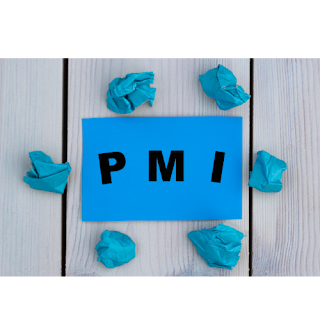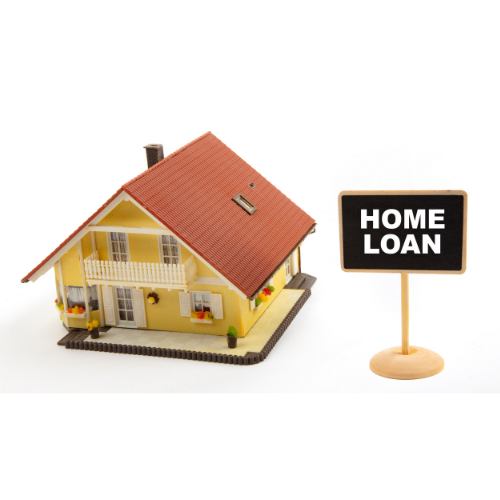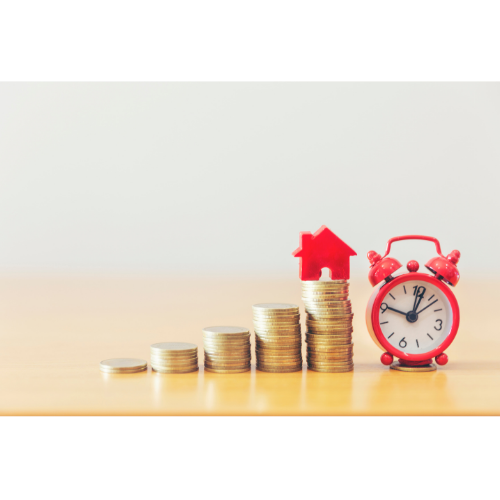Private Mortgage Insurance IS Good Or Bad
Private Mortgage Insurance (PMI) Make Low Loan Loans Possible
It's a great time to be a home buyer with less than 20%.
Lenders make new low-cost and low-cost loans available to today's home buyers, and loan approval rates are much higher than this decade.
Also, the value of current securities is excellent concerning recent history.
For consumers with less than 20% downside, however, there are just a few prices to consider - there is also private mortgage insurance (PMI). PMI is required for all standard loans, where the minimum payment is less than 20% of the home purchase price.
PMI is a compulsory general policy insurance policy that protects the lender from losses if the homeowner stops paying off the mortgage loan.
Because it is for ordinary loans only, PMI differs from the property insurance required for other loans, including FHA loan premiums"], which are FHA loans only; and premium insurance premiums are necessary for USDA loans.
It is essential to note that property insurance - of any kind - is not "good" or "bad". Assisted property insurance helps people become homeowners who may not be eligible in any other way because they do not have a 20% mortgage.
Loan insurance makes the homeowner possible.
When is Private Property Insurance (PMI) Needed?
Private property insurance (PMI) is required when a regular home loan is used to buy or renovate a house; also, the borrower makes a down payment of less than twenty percent or has less than 20 percent of the household.
Ordinary loans are loans supported by Fannie Mae or Freddie Mac and are available to all major lenders, including Wells Fargo, Bank of America, Quicken, JPMorgan Chase, and others.
The PMI is the homeowner's insurance, paid by the homeowner. It is the homeowner's insurance policy for its inconvenience. If the homeowner ceases to deliver on the foreclosure, the insurer receives "cash", and the bank is reimbursed for its loss.
To understand why a conventional loan requires a PMI when the minimum mortgage/equity ratio is less than 20 percent, consider what happens when no mortgage is held.
If non-payment of the loan occurs, it is because the landlord has stopped paying at home, and at least three consecutive payments have been made, resulting in the lender's loss.
Usually, however, due to state laws that delay delinquency, it can be two years or more before the lender re-demands hee. During this time, the home may have caused fire damage, flooding, or neglect, indicating the effects of deferred maintenance.
Postponed maintenance items include roofing issues, structural damage, and the presence of mold, for example.
By the time this home is finally sold for foreclosure, the lender may have made a real loss in unpaid payments and other losses related to the home environment.
The borrower will generally lose 20% of the home's value during the repayment process, which means the need to lay down 20% to avoid paying property insurance.
Putting anything under 20% sets the lender at risk.
Mortgage insurance covers creditors at a loss. If you set aside a small amount to pay off a regular loan, your property insurance policy will be more significant.
The only home loan for HomeReady, which allows for a reduction of only 3%. HomeReady ™ offers private property insurance prices that are commensurate with the deduction rate.
Three types of PMI Coverage
As a homeowner, you have options on how to pay for needed personal property insurance.
One option is a "single premium," where you make a lump sum at the closing time that covers your PMI policy as long as your loan is valid.
The second option is "LPMI) that does not require a monthly payment, but that will increase your lending rate to recoup the additional credit risk.
The third option is "monthly premiums", which is the most common way homeowners pay PMI. The annual cost of insurance is divided into 12 parts and is collected by the monthly asset's payment.
In the PITI for property payment, the collateral for insurance is second only to "I".
Each option has its advantages.
Homeowners who plan to keep their current loans and expect home prices to be limited or flat can choose one premium option, reducing long-term costs.
Conversely, homeowners who intend to relocate or replenish the first few years of the loan may opt for an MI-paid mortgage, which raises a lower interest rate but does not require a separate payment.
For everyone, the monthly premiums are probably very similar. Payments are average, and they are canceled as the loan pays off over time and as the home increases in value.
How to Cancel Your PMI Money
Private property insurance gets a bad rap.
Consumers call it "stupid", "spending money", and worse. "I should not buy a home if I can't afford to pay 20% down," he said.
But private property insurance held serves a purpose.
PMI allows the buyer to buy a home for less than 20% down. Unspent funds can be used to fund home development, to keep an emergency fund invested in a bank; or, for any other purpose.






0 Comments